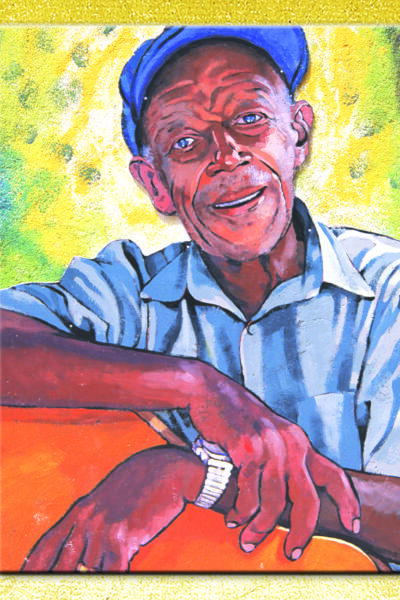
Limon´s Calypso
From the editorial department of Caribbean Way we wanted to do this report on Limon´s Calypso due to its importance and for the contribution that this musical genre gives to the identity of the Afro-descendant culture of Costa Rica. We want to tell you about its history and how this musical manifestation passed from being something almost marginal to become a sign of national identity, which led it to be declared in the year 2012, by the Ministry of Culture as a “Renowned Expression of Intangible Cultural Heritage of the Afro Descendant peoples of Costa Rica”.
For the black population of the province of Limón, the Calypso represents an authentic and lively musical expression, inherited from their ancestors and transmitted as a reflection of their cultural and social identity after the events that throughout history have occurred in Limón. It is a form that links the past and the future through the present, promoting dialogue between cultures and respect for ethnic diversity.

If we go back to its origins, Calypso or Kaiso is the name of a musical genre that was born in Trinidad and Tobago. It began among the slaves as a sung newscast, as the only form of communication due to the prohibition they had to talk to each other during the colonialist oppression. As the night fell on the plantations, the Chantuelle, a kind of troubadour, sang everything that had happened during the day, good and bad, fair and unfair, also used to pass on messages, recipes, love messages and news from family members.
The Kaiso or Kariso of Trinidad and Tobago spread through the Antilles, Venezuela, the islands of San Andrés and Providence in Colombia and in much of the Caribbean coast of Central America, which soon began to become very popular. In the year 1914, the first vinyl of this musical genre comes out to the market. Their musicians go out to other countries and mix with other artists who practice styles as diverse as Jazz or Ragtime and are influenced by them. It was at that time, due to an error of the American press that it was not able to pronounce and write correctly Kaiso or Kariso, that the name of Calypso jumps to the headlines like a generic name for this style of music.
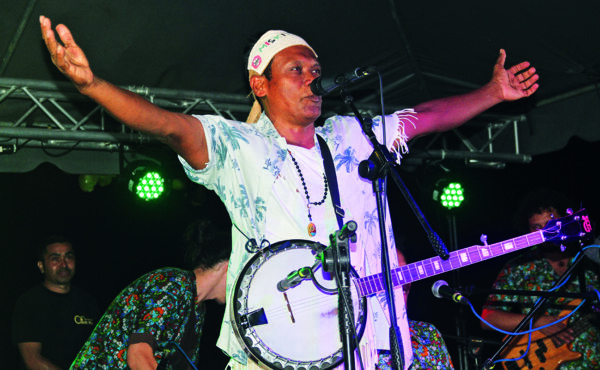
In Costa Rica, the Calypso, or Calipso, entered the port of Limón in 1871 by the hand of Afro – descendant workers from Jamaica, Barbados and Saint Kitts. They came to build the railroad that would link the Caribbean coast with the Central Valley, and it was firmly rooted in the most popular sectors of that Afro – descendant population which has ever since been in charge of keeping alive the Calypso music and its melodies in the province of Limón.
Actually, what these workers imported was the Mento Music, a form of music very similar to the Kaiso of Trinidad and Tobago, but totally acoustic where the Marimbule, a wooden box with metal keys, was the lead instrument. This instrument practically has not undergone any technological innovation and is little known outside the country. The musicians of Limon began to play Calypso but with a notable difference, by adapting the tempo of Mento Music, which is more suitable for a small band of three or four members. These small bands gathered around the singer who composed in a spontaneous way shortly before the concert or gave free rein to improvisation.
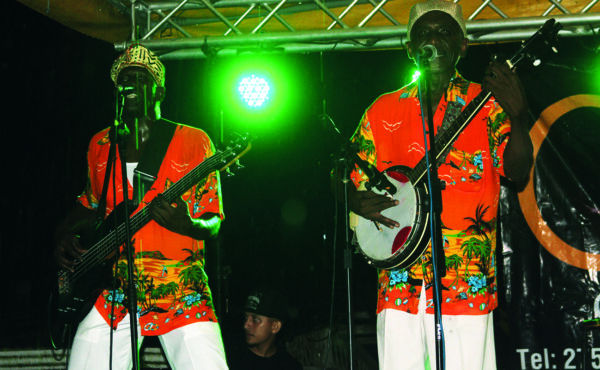
During the early years of the 20th century Limon´s Calypso experienced a growing popularity, in those years in which the music that was heard in the radios of Limón was music of orchestras, Swing, Rumba, Jazz, Ragtime and Bolero, and also something of Calypso. The problem for Limon´s Calypso musicians was that the prevailing class of the society of that time wanted orchestras at their parties, so the stage for calypso was restricted to beaches, bars, canteens and street parties.
It was considered music for the working class, without too much impact outside Puerto Limón. The first band to leave these limits did not do it until 1976, El Combo Alegre, which was hired to perform at Los Lechones, a restaurant in San José. This was the starting point for other musicians to also travel to the capital, the beginning of the conquest for artists like Lenki, with his “Don’t stop the carnival”, or Robert Kirlew, Bud or for Papa Tun, j. Darkins, with his famous song “Zancudo”.
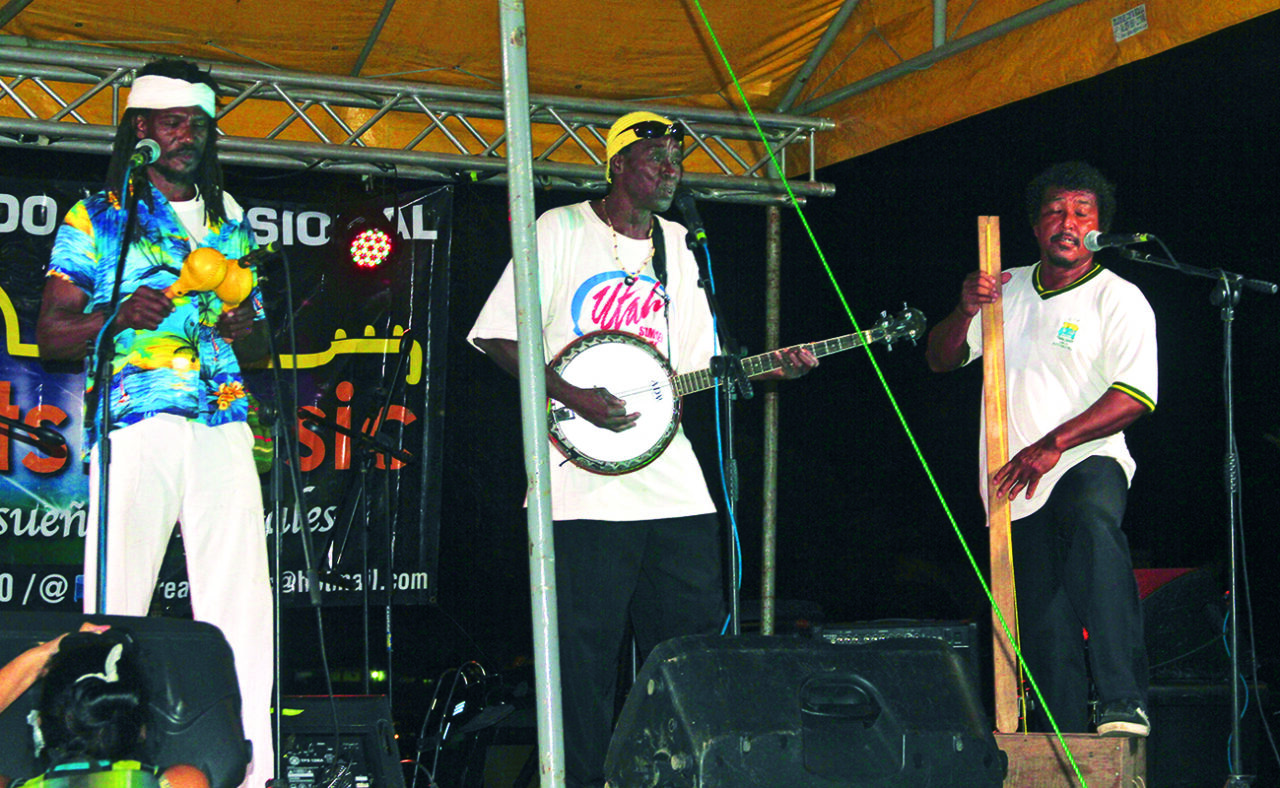
The interpreters of this genre are called calypsonians, a person who tells gossip, rumours and transmits news. The main function of this genre is to deal with social issues in the lyrics of their songs acting as critics, giving them a comical approach or treated in a positive and burlesque way. The calypsonian creates songs on any subject with great ability to improvise, even inventing words in order to make them rhyme.
Limon´s calypso is a contagious rhythm with a clear message of social criticism sprinkled with humour that invites the listener to move. Another feature of the Calypso of Limón was the lyrical combats between the calypsonians, to see which of the two the best improviser was. During this confrontation of lyrics and rhymes the calypsonian was accompanied by a musician in charge of the guitar who offered the rhythm while he was in charge of rhyming words and verses. These encounters can now be seen in other musical genres such as Reggae Dancehall or Rap.
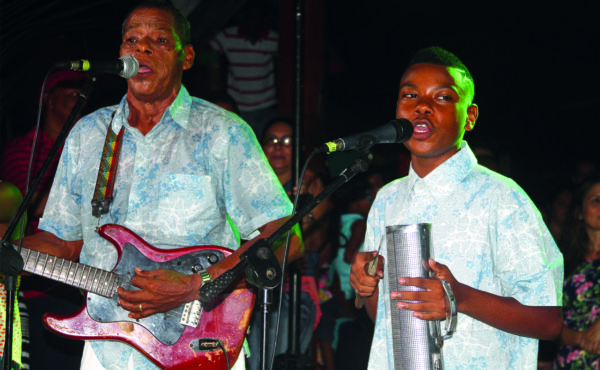
Over the years the Costa Rican Calypso has evolved by mixing new rhythms and musical instruments. This led to an original and unique Calypso in the Caribbean zone of Costa Rica and in America. In the Calypso´s guitar, they only play three chords in major tone. It can be accompanied by bagpipes, drums, tambourine, clarinets, bass drums and harmonica, which make an excellent combination in this musical style.
There are two prominent figures in the history and evolution of Limon´s Calypso, Robert Kirlew, known as Buda, and Mr. Walter Ferguson, ¨Gavitt¨, known as the King of Calypso.

Roberto Kirlew was born in 1952 in the Cristobal Colon neighbourhood of the city of Limón and suffered from polio at the age of two, an illness that left him disabled. During the time that he stayed in a hospital in San Jose he learned to play the harmonica and at the age of seven he returned to Limón where his passion and enthusiasm for Calypso music would emerge. Roberto was known as Buda and formed a band called Buda and his Charanga. Their songs were cheerful and mixed social issues with their personal experiences giving a funny touch to each song. He won a prize from the Ministry of Culture for the interpretation of the song “Black man food” written by Mr. Walter Fegurson. Roberto Kirlew died in 1994 at the age of 42, but still lives in the heart of all the people of Limon.

Walter ¨Gavitt¨ Ferguson was born in 1919 in Guabito, Panama, although he soon took Costa Rican nationality and moved to Cahuita, in Limón´s Province, and to this day he still is the undisputed king of this genre, the “Calypsonian King”. During his childhood he played the guitar, harmonica and dulzaina, at the age of 20 he composed his first calypso song, “A Sailing boat”, and as a Calypsonian he formed a band called “The Miserables” made up of five people. During these years Mr. Ferguson, with his unmistakable way of interpreting, has created about 100 calypsos that with their rhythm and their lyrics they portray with humour and irony the life in the villages of the South Caribbean. His famous songs such as “Callalloo”, “Carnival Day”, “Cabin in the Water”, “Tacuma and Anancy” or “Black Man Food” are not only in the heart of the people of Limon but they are also part of its history and cultural identity.
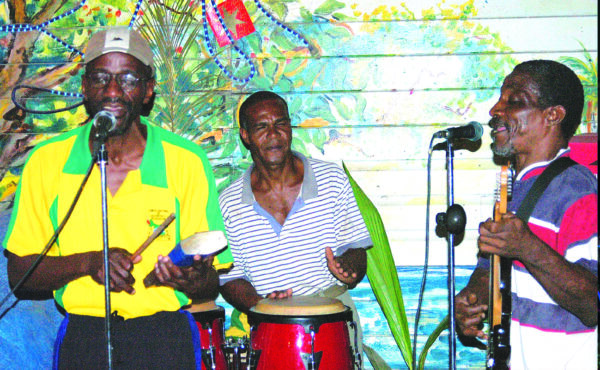
Nowadays, new groups are emerging with that same spark, ingenuity and spontaneity, both in the way of playing and in the way of feeling, which are responsible for rescuing and keeping alive the essence of this musical genre. Artists like Manuel Monestel or Reynaldo Kenton, also known as Shanty, bands like Calypso Legends, Ashanti and Cahue Vibration of Cahuita, or groups like New Revelations of Limón or Mekatelyu of San José, which combine Calypso with Ska and other music genres, are Influencing the Calypso in a very positive way so that this musical language of the Costa Rican Caribbean, with its unique rhythm and flavour of its people, is taken possession of the musical scene of Costa Rica and being little by little extended to other regions.

Limon´s Calypso should be considered as a musical expression typical of Costa Rica. The Calypso is an evidence of the multicultural richness that characterizes this Caribbean region. It strengthens the continuity and validity of Creole Afro – Latin English, reinforces the bonds of social cohesion and is an essential part of our identity. It is for this reason that the next aspiration will be for the UNESCO to include Limon´s Calypso, as it already did with the tradition of the ox drover and the cart in Costa Rica, in the list of the “Intangible Cultural Heritage of Humanity”, a recognition that would make Costa Rican people even prouder of their culture.
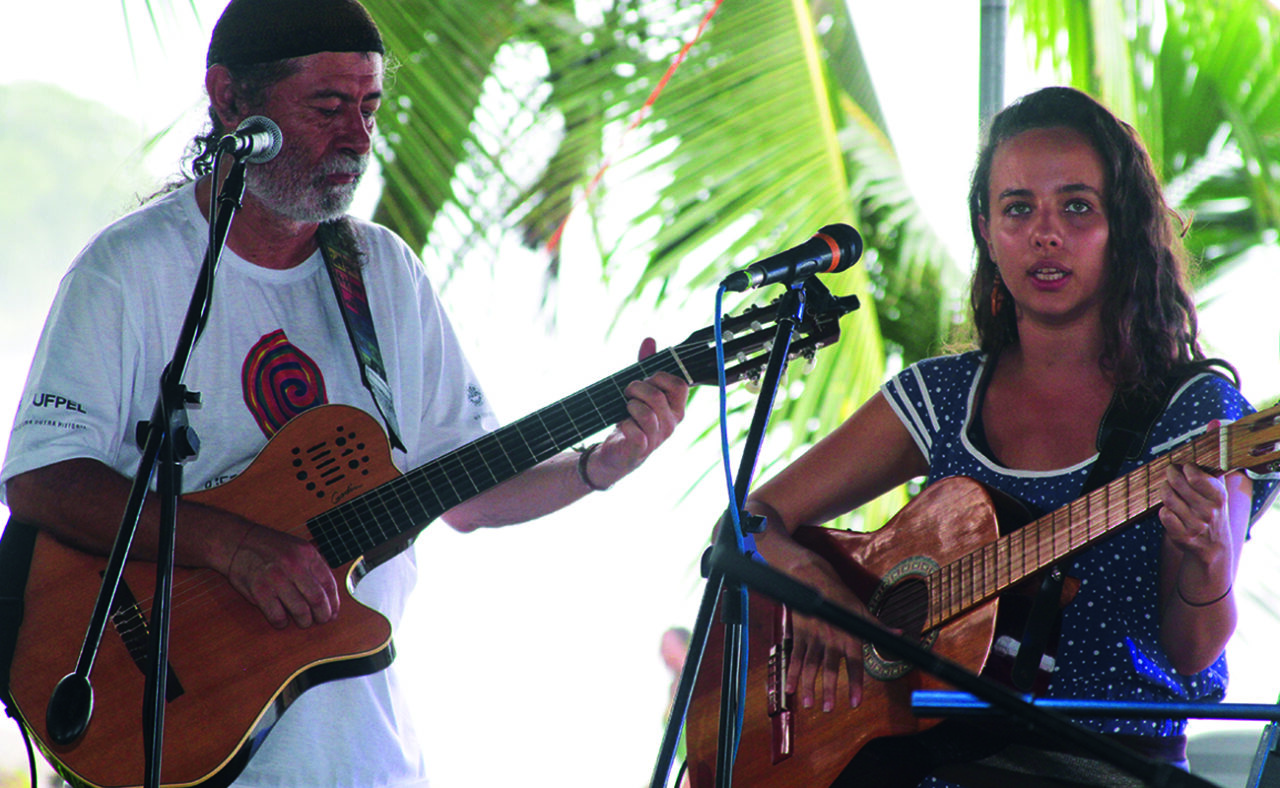

Fotografias de Paco Salmerón y Sophie Andrieux
Texto de Juan Carlos Lorite y Paco Salmerón
Diseño de Juan Carlos Lorite